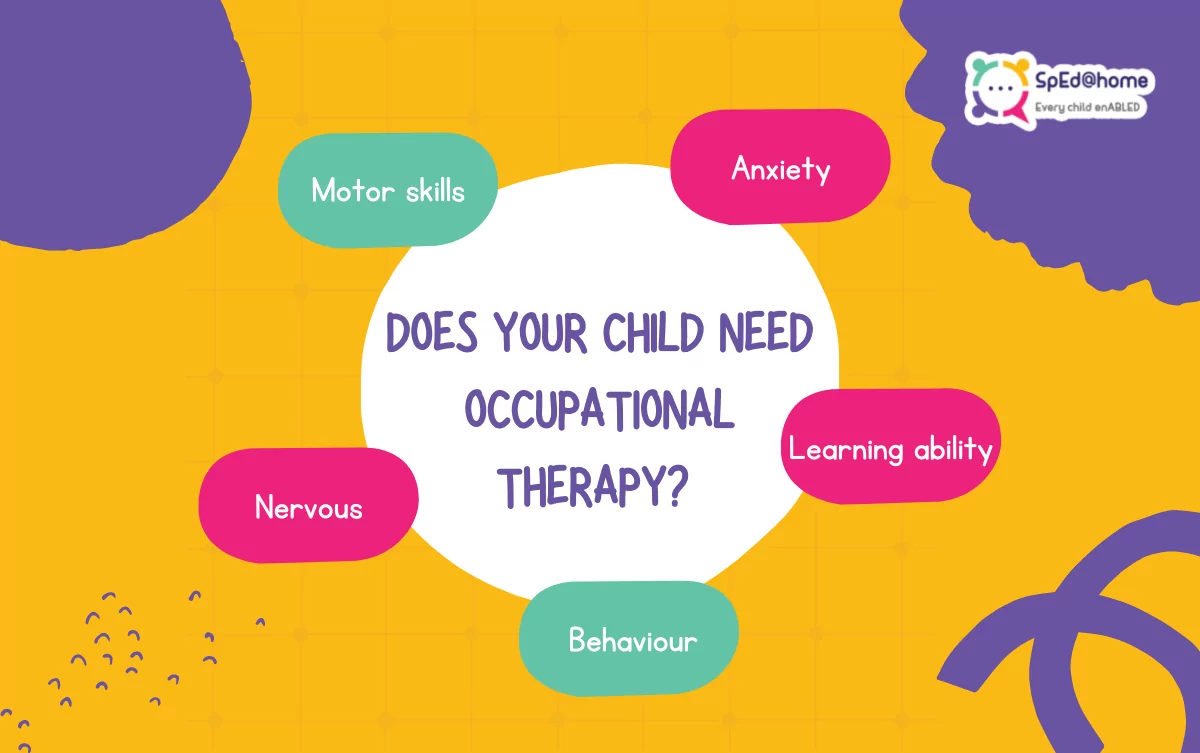How to Assess Learning Difficulties in Children
Understanding how to assess learning difficulties in children is crucial for parents and educators who want to provide the right support at the right time. Learning difficulties can affect reading, writing, math, attention, memory, or social skills, and early identification ensures children receive interventions tailored to their needs.
What Are Learning Difficulties?
Learning difficulties are challenges that impact a child’s ability to process, understand, or apply information effectively. They are not linked to intelligence but may affect academic performance, social skills, and self-confidence. Common types include:
- Dyslexia: Difficulty with reading and spelling
- Dysgraphia: Challenges with handwriting and written expression
- Dyscalculia: Difficulty understanding numbers and math concepts
- Attention and focus issues: Difficulty sustaining attention or completing tasks
- Memory-related difficulties: Trouble remembering instructions or retaining information
Signs That a Child May Have Learning Difficulties
Parents and teachers should watch for early indicators such as:
- Struggling with reading, writing, or math beyond typical age expectations
- Avoiding homework or academic tasks
- Difficulty following instructions or completing assignments
- Frustration, anxiety, or low self-esteem related to schoolwork
- Uneven performance in different subjects
Recognizing these signs early allows for timely assessment and intervention.
How to Assess Learning Difficulties
A structured approach is recommended to assess learning difficulties effectively:
- Observation: Teachers and parents observe how the child engages with academic tasks, noting areas of struggle and strengths.
- Screening Tools: Simple checklists or questionnaires can provide an initial understanding of potential difficulties.
- Standardized Tests: Conducted by specialists, these measure reading, writing, math, and cognitive skills to identify specific areas of need.
- Interviews: Parents, teachers, and the child provide insights into learning patterns, behavior, and emotional responses.
- Analysis and Reporting: Results are compiled to give a clear picture of strengths and weaknesses, with actionable recommendations.
Benefits of Assessment
Assessing learning difficulties in children offers multiple advantages:
- Early Intervention: Addressing challenges promptly improves academic outcomes.
- Tailored Strategies: Specialists can recommend learning approaches suited to the child’s strengths and weaknesses.
- Improved Confidence: Understanding difficulties helps children feel supported rather than frustrated.
- Support for Parents and Teachers: Provides guidance on techniques, tools, and resources to facilitate learning.
Tools and Resources
Modern assessments may include:
- Online learning evaluations
- Cognitive and academic testing platforms
- Speech and language screening
- Behavioral and social-emotional assessments
Using these tools ensures a comprehensive understanding of a child’s needs.
Final Thoughts
Learning difficulties should not be seen as barriers but as challenges that can be effectively addressed with early and proper assessment. Knowing how to assess learning difficulties in children empowers parents, teachers, and specialists to create personalized plans that enhance learning, build confidence, and support the child’s overall development.


